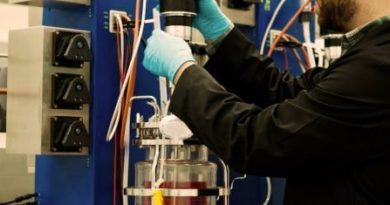We Recognize That It Is Essential To Take Action To Combat The Global Plastic Crisis
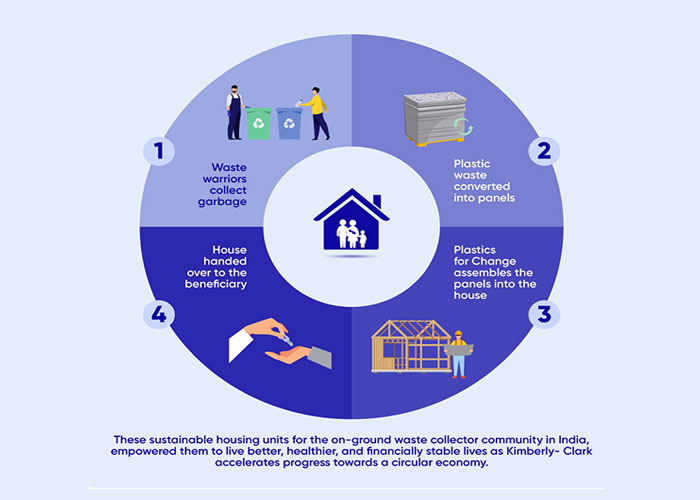
Q. Why Project Ghar? What were the other ideas Kimberly-Clark considered before narrowing down on Project Ghar?
We at Kimberly-Clark believe that the health and well-being of our people, consumers, and the company depends on securing a healthy environment. Thus, we are relentless in our approach to being at the forefront of the transition to a circular, reuse economy. This includes innovating future materials that are recyclable, or biodegradable, and partnering with thought leaders and local stakeholders to build systems and infrastructures that meet our consumers’ requirements while leaving the smallest possible impact on the environment.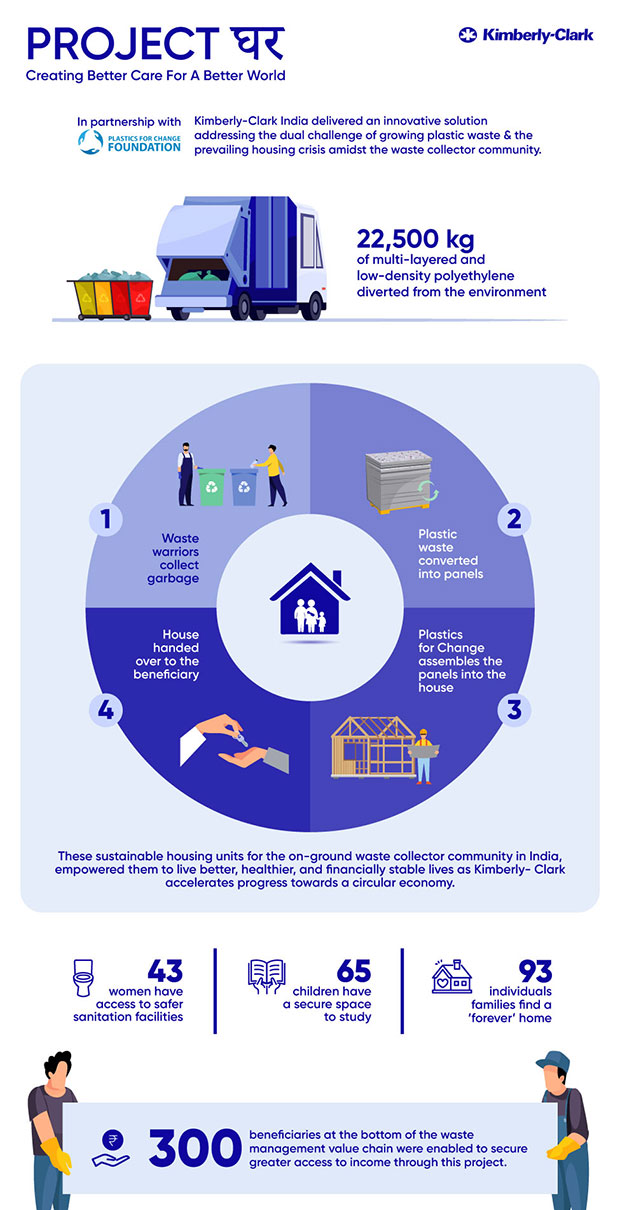
Our initiative Project घर, in partnership with Plastics for Change Foundation has enabled us to take a step further in this direction. The work we are doing as a part of this exemplifies our commitment to developing a circular economy and a more sustainable future by working towards offering an innovative solution to address the dual challenge of the need for recycling plastic and homelessness in the informal waste collector communities in India.
Q. How far do you believe can this initiative be scaled up?
Over the course of a year, Project घर, has helped collect and recycle 22.5 metric tons of single-use and multi-layered plastic. It has further abetted the diversion of 22,500 kg of multi-layered and low-density polyethylene from the ocean, producing nearly zero waste. In addition, the project has empowered 300 beneficiaries at the bottom of the waste management value chain to secure greater income while providing permanent homes to families.
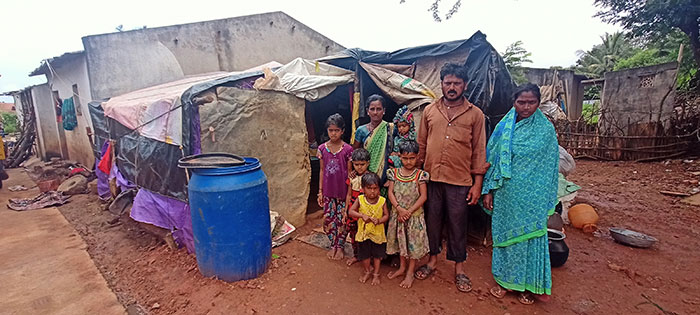
Q. In the context of plastic use, what is Kimberly-Clark’s own commitment to reducing plastic use?
We recognize that to thrive as a business today and for generations to come, it is essential to take accelerated action to stay ahead of the imperatives of the global plastic crisis. While we don’t have all the answers, we aspire to develop innovative alternatives and solutions to help transition to a more circular economy through collaborations across our teams and local partners to create a better life and a more sustainable future. In fact, by 2030, one of our goals is to reduce our plastic footprint by 50% globally through reductions, renewables, recycled substitutes, and by the introduction of reusable products and circular systems.
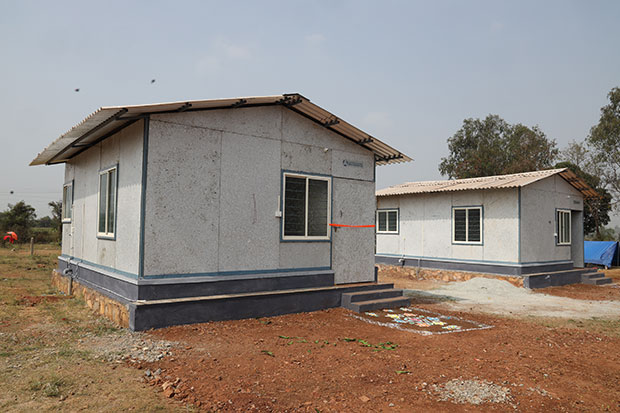
Q. The covid pandemic has delivered a significant setback to global initiatives on cutting back plastic use, especially single-use plastic. How do you evaluate the progress made so far? Do you believe alternatives have made enough progress to lend optimism for faster progress?
Over the past few years, India has been drowning under the plastic menace due to the lack of waste disposal and management etiquette. As per recent reports, India is generating 3.5 million tonnes of plastic waste annually and the per capita plastic waste generation has almost doubled over the past 5 years. The pandemic has definitely played a critical role in the resurgence of single-use plastic and concerns around its disposal, leading to increased pressure on organizations to explore recyclable, renewable, or reusable options to better serve the diverse waste management systems. Yes, the road ahead is complex and challenging and calls for systems thinking, partnerships, and collaboration with stakeholders, in order to pave the path for a circular economy.
Q. We understand there was also an opportunity to earn carbon credits on the Project Ghar initiative. How did/does that work, operationally?
At Kimberly-Clark, our goal is to rebuild the natural systems we all depend on. We endeavour to focus our efforts and raise our ambition level in the impact areas our stakeholders and the latest science tell us to prioritize. Reducing greenhouse gas (GHG) emissions along our value chain is in line with climate science and is a priority topic that forms the backbone of our global 2030 sustainability strategy.
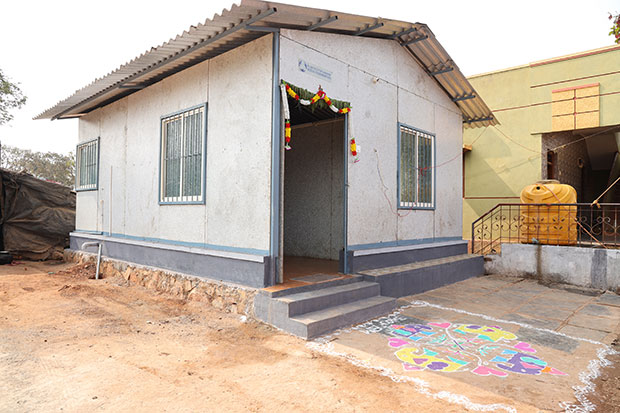
Q. Is the Project Ghar initiative India centric or do you see it travelling farther across the Kimberly-Clark ecosystem?
Yes, ‘Project घर’ has expanded its reach to Hubli, Dharwad, Garag, and Saundatti in India, in the past year.
Q. What are the other key sustainability-driven initiatives at Kimberly-Clark?
In 2019, we piloted a project and installed 1MW on-site photovoltaic solar panels at its manufacturing and distribution facility in Pune. The solar power generated here contributed 30% to the power need of the facility at any point in time leading to the minimizing of energy consumption and carbon emission by approximately 1500 tons per year. We installed an additional 1.7MW solar plant on the roof of the facility, further bringing down its carbon emission by 2400 tons per, meeting 93% of the power needed for the facility at any point in time.
Q. Do you believe the corporate sector has been ambitious enough in its targets for net zero, plastics reduction, and more?
Over the past years, we have witnessed several organizations developing strategies to steer towards corporate sustainability. These initiatives have been introduced with the clear vision of creating a world where business prospers, societies thrive and the environment flourishes.
Needless to say, the companies are elevating efforts to encourage and support responsible, inclusive, and sustainable businesses for a better tomorrow.



